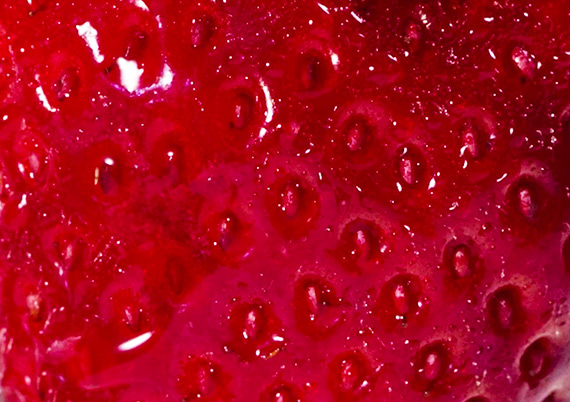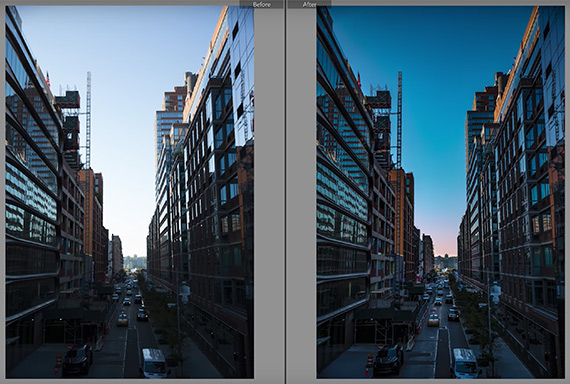No two photographers see things exactly the same. Some people choose to capture what’s going on around them. Others bring their ideas alive in front of the camera. But all of that aside, there are a few points that virtually all professionals in the field can agree on. For instance, across the board, you’ll find that RAW file formatting is favored over other formats.
Often times, beginners find themselves scratching their heads as to why RAW files are favored. In the following short, photographer David Flores explains a few of the most common reasons:

Improved Image Quality
Out of all of the formatting options out there, a RAW file provides the highest quality image possible. This is because the uncompressed file is recorded directly off of the camera’s sensor. The more common JPEG file, in comparison, contains only a fraction of the data contained in an equivalent RAW file.
Exposure Recovery
Because RAW files contain so much extra data, a photograph actually picks up information that may not be immediately visible. Often times, the darkest darks and lightest lights of a photograph end up lacking information (called “clipping”) when smaller file formats are used. However, RAW files can often recover lost information, allowing photographers to adjust an exposure by several stops.
Sharpening Details
JPEG files automatically apply a certain amount of automatic sharpening, but RAW files record exactly what the sensor picks up. In short, this allows for a little more flexibility and control when it comes to bringing out image details and reducing noise distortion.
Artifact Correction
Digital photographs are sometimes prone to an artificial banding effect—a less than desirable look for most people. With a small JPEG file, there’s often not a whole lot that can be done to minimize digital artifacts. However, RAW photographs can be smoothed out to produce a more natural, true-to-life appearance.
Easier Adjustments
One of the biggest disadvantages to shooting with JPEG is the file degradation that results with each edit. This is not the case with a RAW file. The number one reason photographers choose to work with RAW files is the flexibility that they offer; any major adjustments can be undone at any time without putting the original image file at risk of damage.
To some, working with RAW files can be an intimidating feat. The files themselves are massive, and it’s important to have the necessary storage equipment should you choose to work in RAW. However, for a number of reasons, it’s the file format of choice for those who take their craft seriously. Right away, you’ll see a significant difference in your work.
Like This Article?
Don't Miss The Next One!
Join over 100,000 photographers of all experience levels who receive our free photography tips and articles to stay current:









Nice tip!!!
Once you start shooting RAW you never go back, nice tip!
Nice tips i like that ,, we are doing photography of my products we are selling bags on Germany your tips will help to make good pictures.
I am a newbie photographer based in Dubai and did know much about it. You post assisted me understanding the benefit of RAW Image quality. Thanks for sharing.